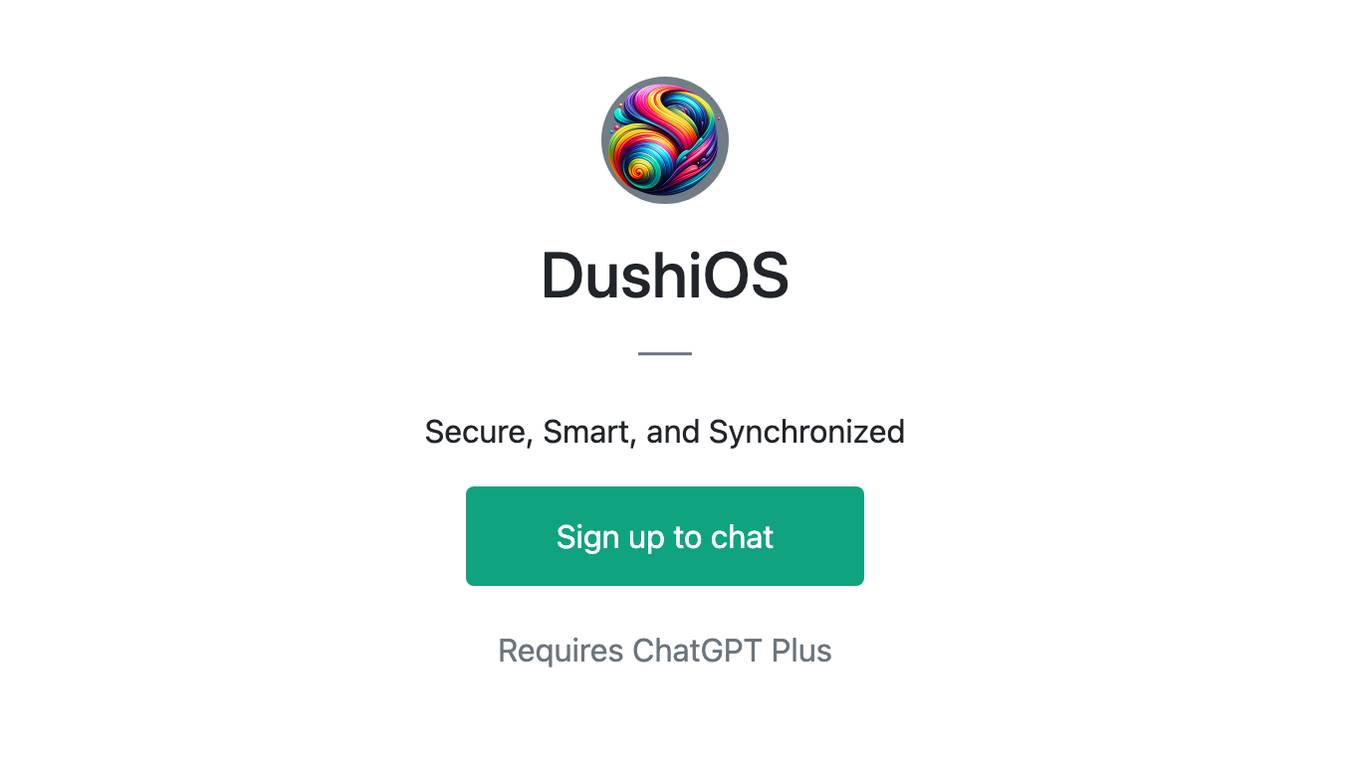Best AI tools for< Synchronize States >
20 - AI tool Sites
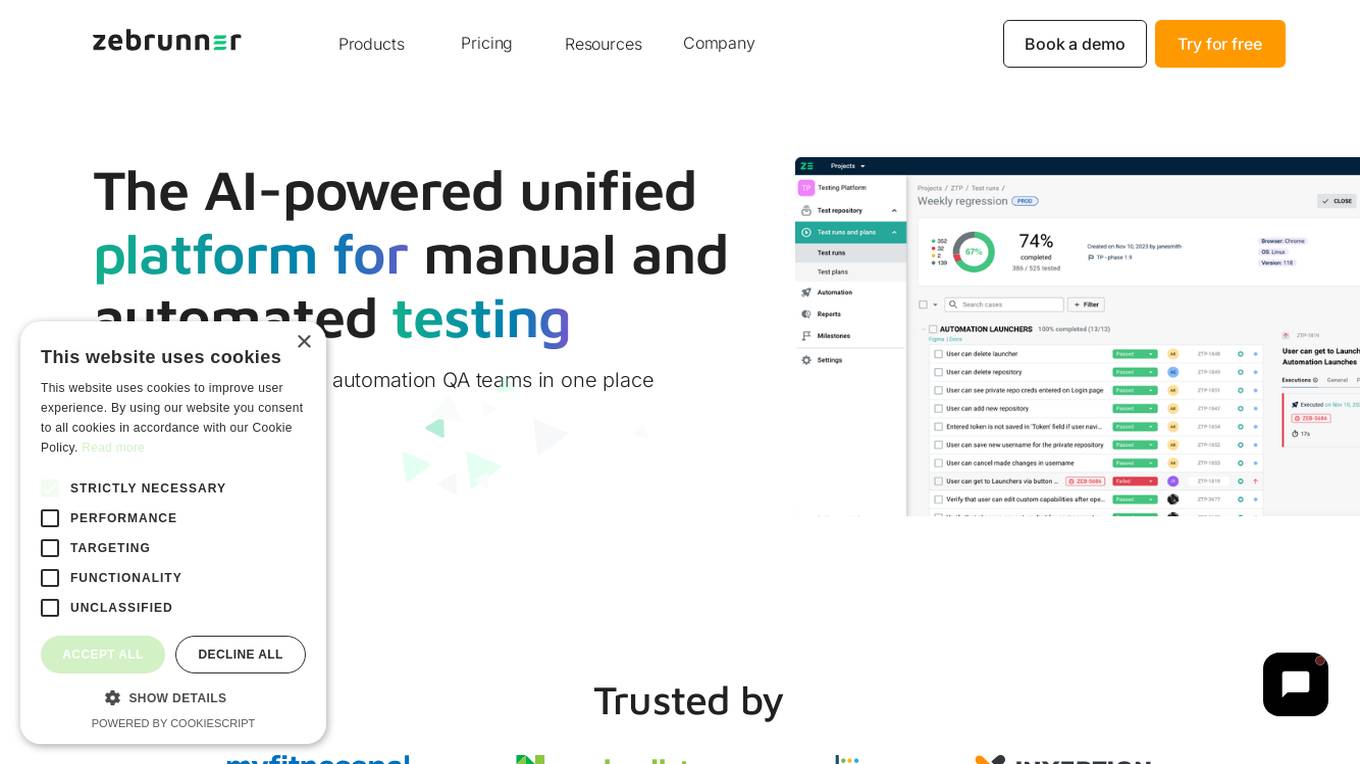
Zebrunner
Zebrunner is an AI-powered unified platform for manual and automated testing, designed to synchronize manual and automation QA teams in one place. It offers features such as test management, automation reporting, and test case management, with capabilities for generating new test cases, autocomplete existing ones, and categorize failures using AI. Zebrunner provides a clean and intuitive UI, unmatched performance, powerful reporting, rich integrations, and 24/7 support for efficient testing processes. It also offers customizable dashboards, sharable reports, and seamless integrations with Jira and other SDLC tools for streamlined workflows.
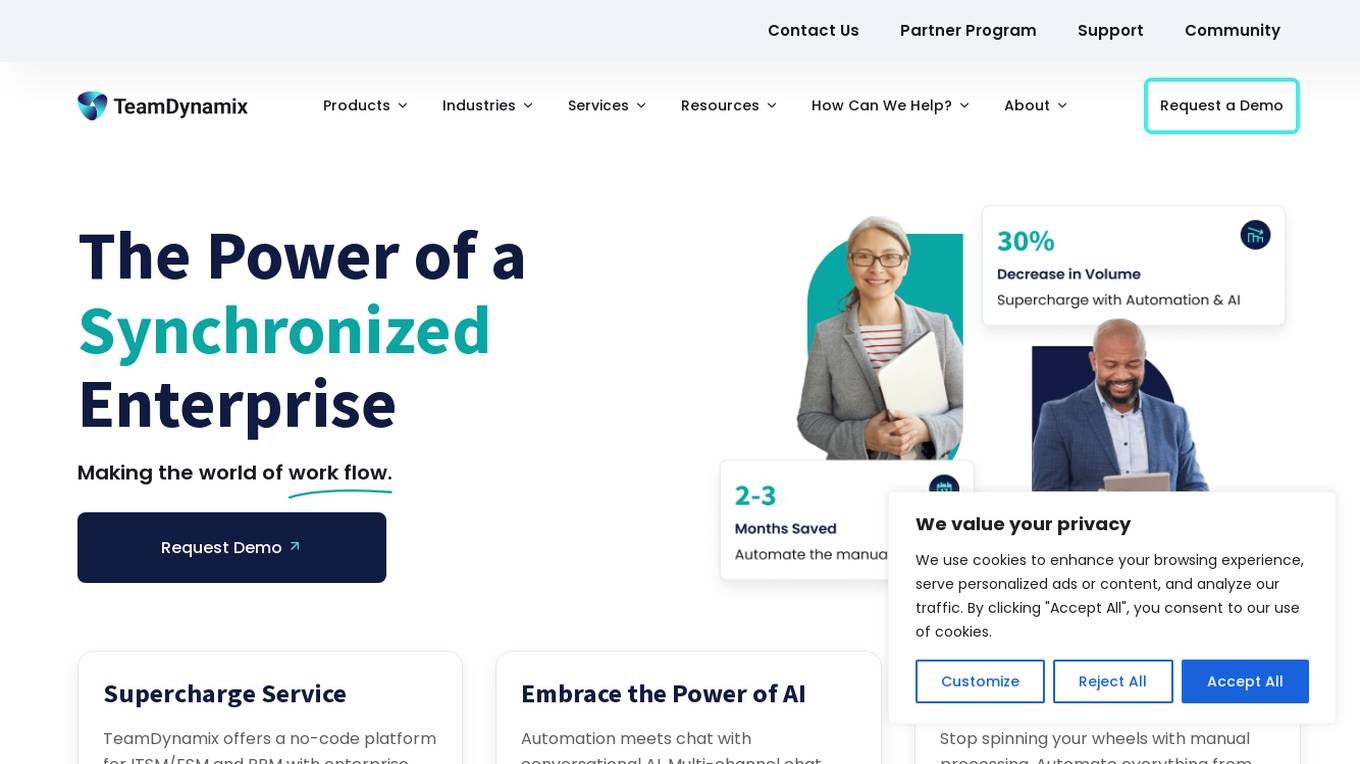
TeamDynamix
TeamDynamix is an AI tool that offers an ITIL-aligned, no-code ITSM automation platform. It leverages natural language processing and automation for a new way to chat. The platform allows for easy deployment across various departments like HR, marketing, and facilities. TeamDynamix provides a library of pre-built connectors, a visual workflow builder, and flexible PPM platform to optimize resources and improve visibility. It caters to a diverse customer community across 20+ industries, offering flexibility and low admin overhead.
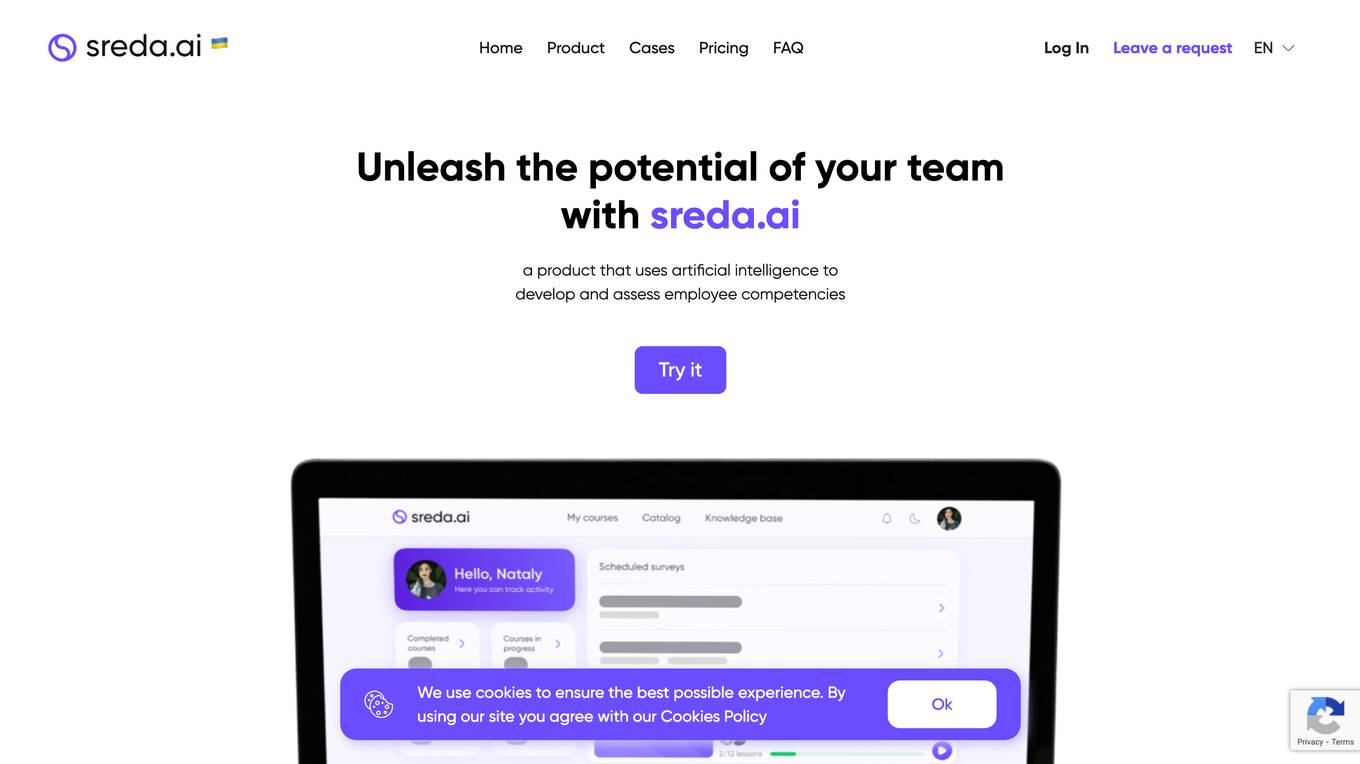
Sereda.ai
Sereda.ai is an AI-powered platform designed to unleash a team's potential by bringing together all documents and knowledge into one place, conducting employee surveys and satisfaction ratings, facilitating performance reviews, and providing solutions to increase team productivity. The platform offers features such as a knowledge base, employee surveys, performance review tools, interactive learning courses, and an AI assistant for instant answers. Sereda.ai aims to streamline HR processes, improve employee training and evaluation, and enhance overall team productivity.
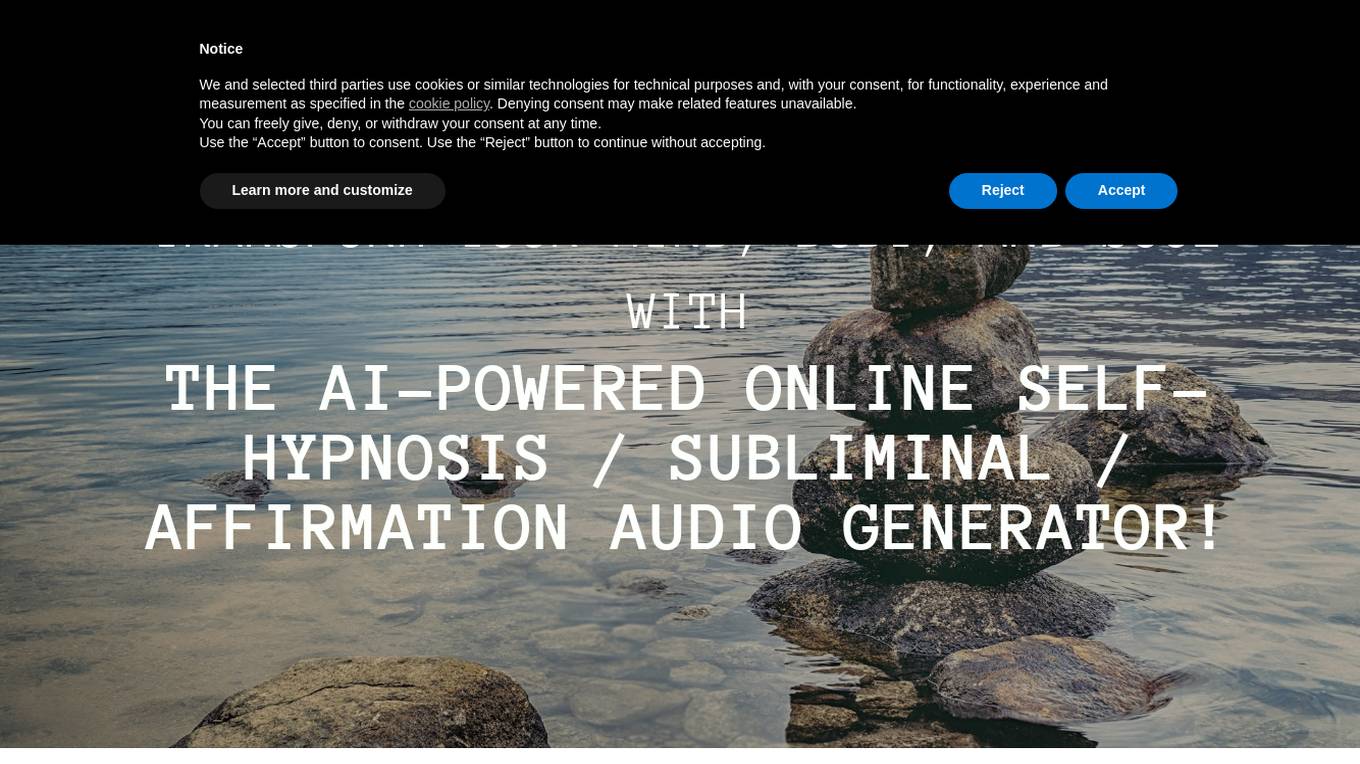
Binaural Beats Factory
Binaural Beats Factory is an AI-powered online self-hypnosis, subliminal, and affirmation audio generator that helps users achieve their goals by creating personalized audio tracks. The tool uses binaural beats, subliminal suggestions, and positive affirmations to target the subconscious mind and create positive changes in thoughts, feelings, and behaviors. Binaural Beats Factory offers a range of features, including a user-friendly online application, a vast database of single tone frequencies, background music, and subliminal affirmations, and the ability to fine-tune settings live while listening. The tool also includes a public library of self-hypnosis, subliminal, and affirmation audio tracks created by other users or the Binaural Beats Factory team.
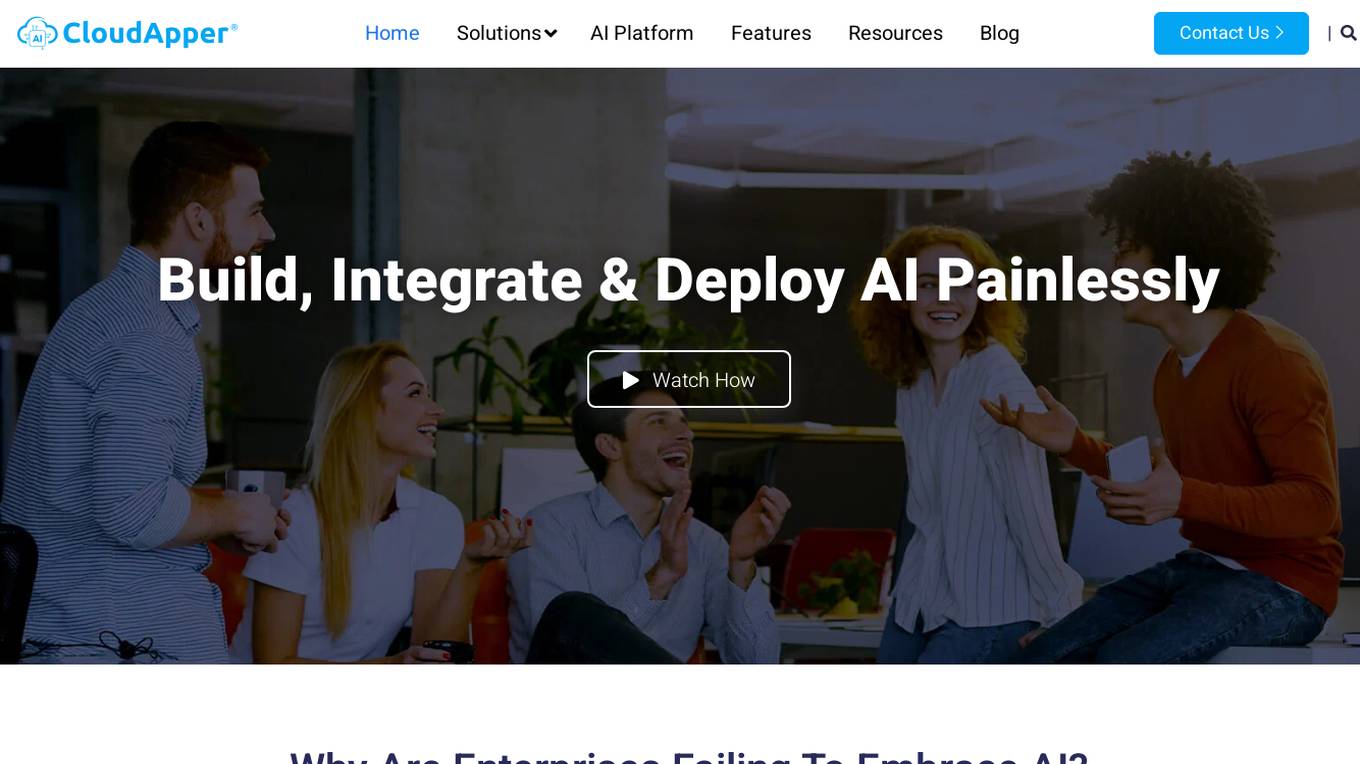
CloudApper AI
CloudApper AI is an advanced AI platform that helps businesses build, integrate, and deploy AI solutions seamlessly. The platform offers a holistic system comprising Generative AI, Workflows, and Integration components to enhance decision-making, automate processes, and synchronize data with existing enterprise systems. CloudApper AI aims to democratize AI by providing cutting-edge AI/LLM technology, seamless integration capability, and secure data handling without the need for extensive programming skills. The platform empowers businesses to stay ahead in the digital landscape by leveraging advanced technologies and ensuring every developer can leverage AI to transform legacy processes.
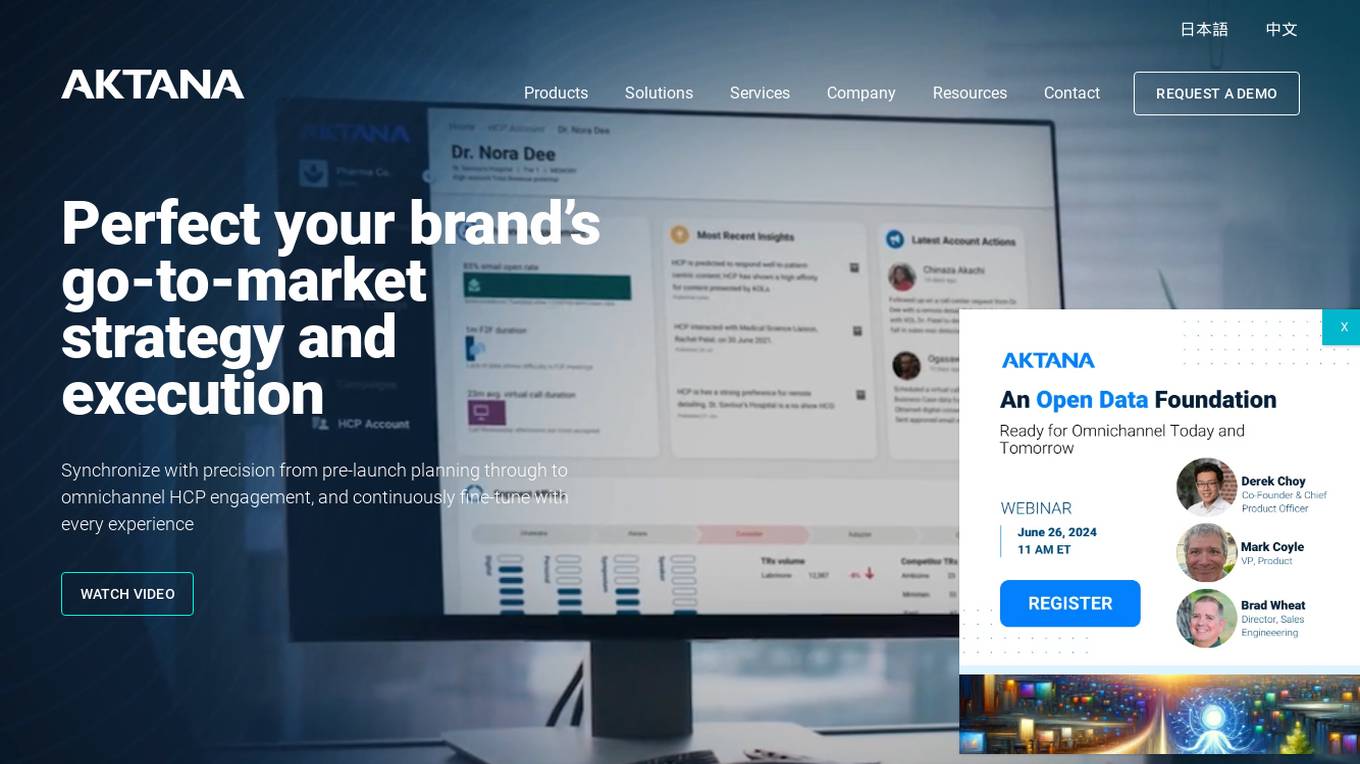
Aktana
Aktana is an AI and mobile intelligence platform designed for the pharmaceutical and life sciences industry. It offers a suite of products and solutions to help companies develop, plan, and execute go-to-market strategies with precision. Aktana's AI-powered tools enable real-time synchronization and refinement of strategies, leading to increased operational efficiency and sales lift for biopharma leaders. The platform provides immediate feedback from the field, reducing costs and increasing revenues for global pharmaceutical companies.
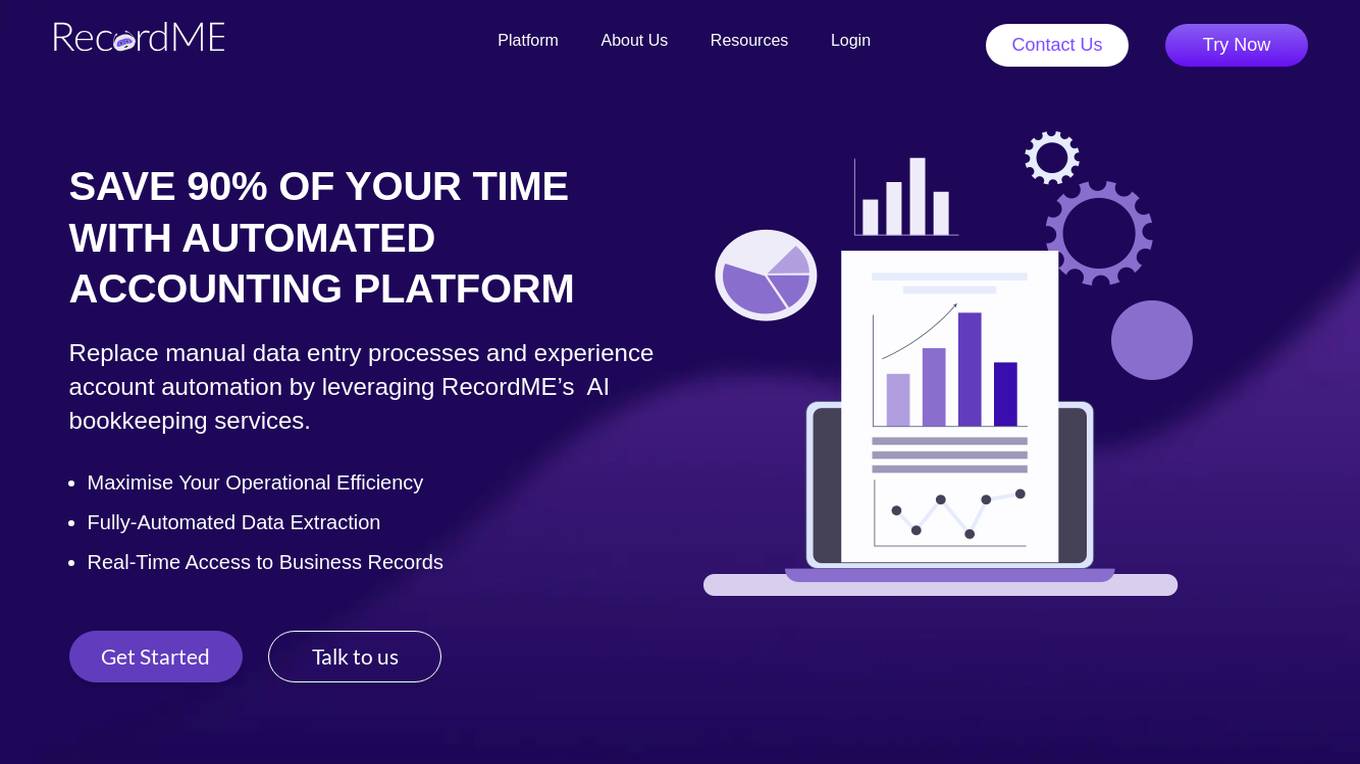
RecordMe
RecordMe is an AI-powered automated accounting and bookkeeping platform that offers fully automated data extraction, real-time access to business records, and streamlined invoice processing. The platform leverages OCR technology to extract and categorize accounting data efficiently, providing users with valuable data insights. RecordMe aims to maximize operational efficiency, eliminate manual data entry processes, and empower businesses to automate accounting and bookkeeping through a simple drag-and-drop process.
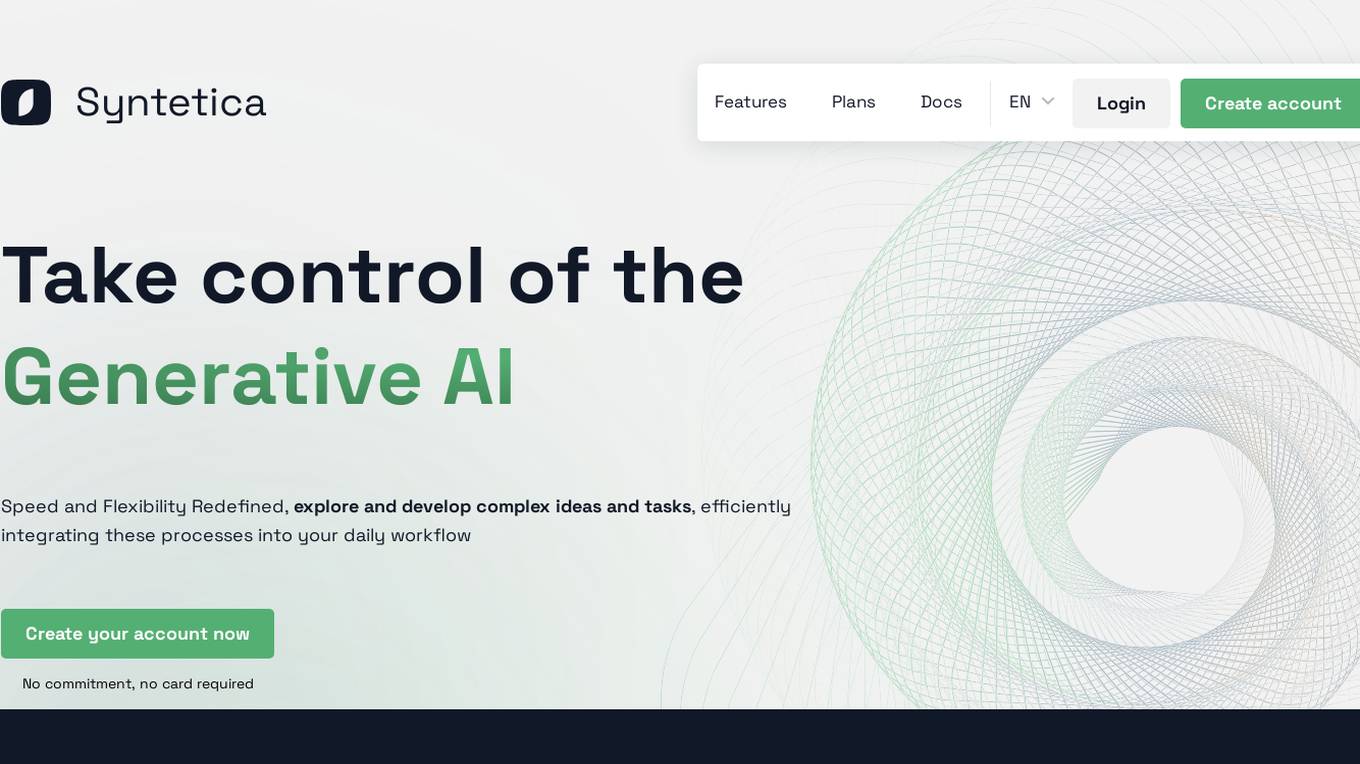
Syntetica
Syntetica is an AI-powered platform that revolutionizes content generation by enabling users to efficiently explore and develop complex ideas and tasks. With a focus on speed and flexibility, Syntetica allows seamless integration of processes into daily workflows. The platform offers features such as generating complete documents, creating customized processes, automating tasks, and integrating with various file types. Syntetica caters to individuals, small teams, and enterprises, providing tailored plans to meet specific needs. The application's user-friendly interface and advanced task automation capabilities make it a valuable tool for professionals across different industries.
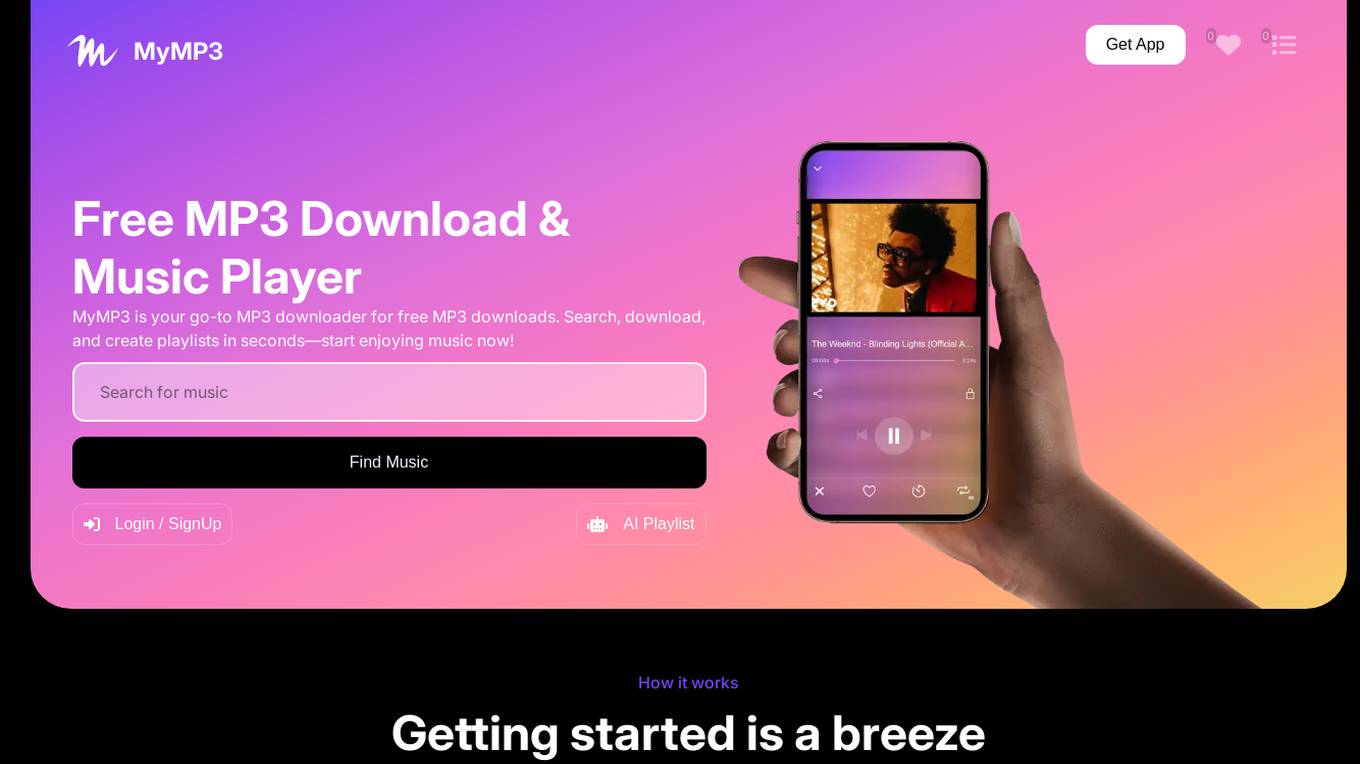
MyMP3
MyMP3 is a free MP3 download and music player application that allows users to search, download, and create playlists of their favorite music. With an integrated AI feature, MyMP3 offers personalized music recommendations and the ability to create custom playlists. Users can enjoy a vast library of over 100 million songs, listen endlessly to their favorite tracks, and even set a sleep timer for a seamless music experience. The application is user-friendly, intuitive, and designed to enhance the music listening experience for users worldwide.
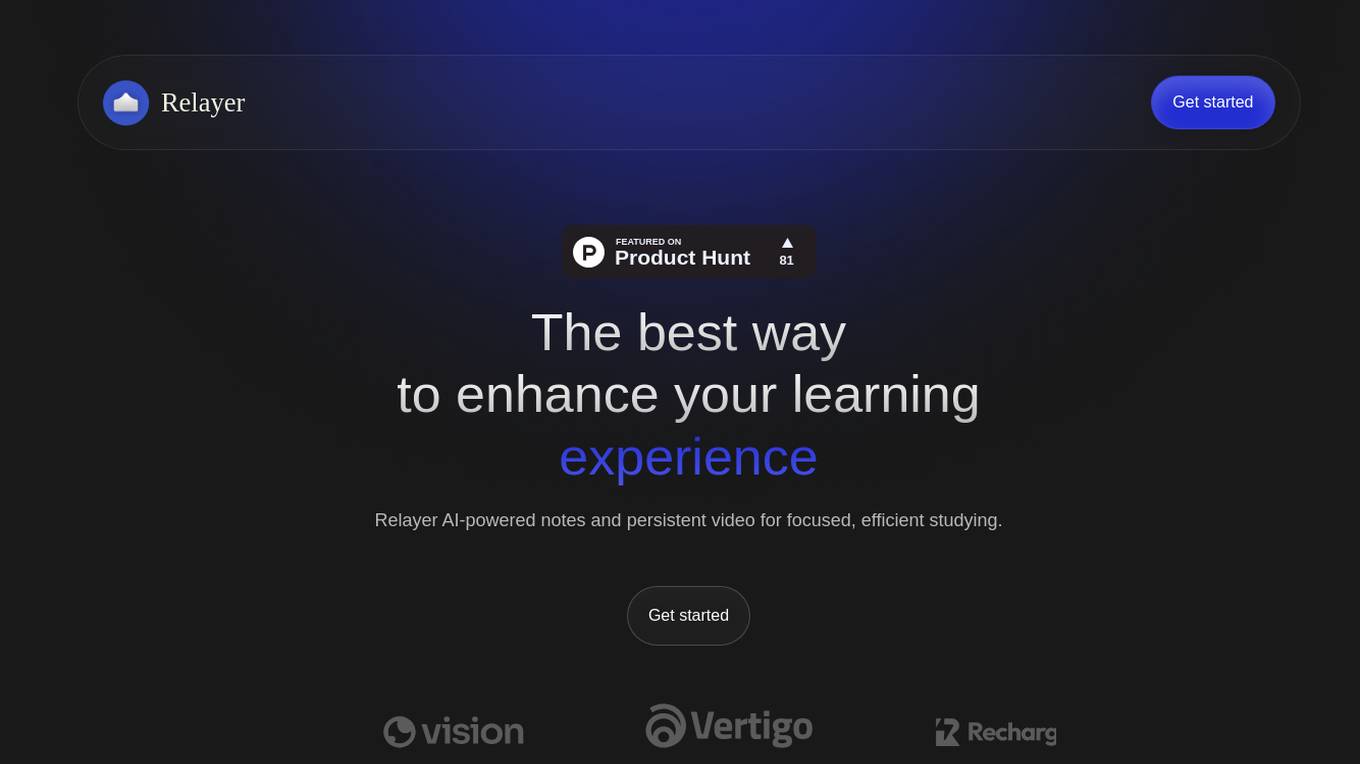
Relayer
Relayer is an AI-powered application designed to enhance the learning experience by providing features such as AI-powered note-taking, always-on-top video player, intuitive collaboration, organized notes, and multi-device support. It simplifies capturing key points from video lessons, keeps video lessons in view while taking notes, allows seamless collaboration with peers, automatically organizes notes, and synchronizes learning across devices. Relayer aims to make studying more efficient, helping users retain information and perform better in their studies.
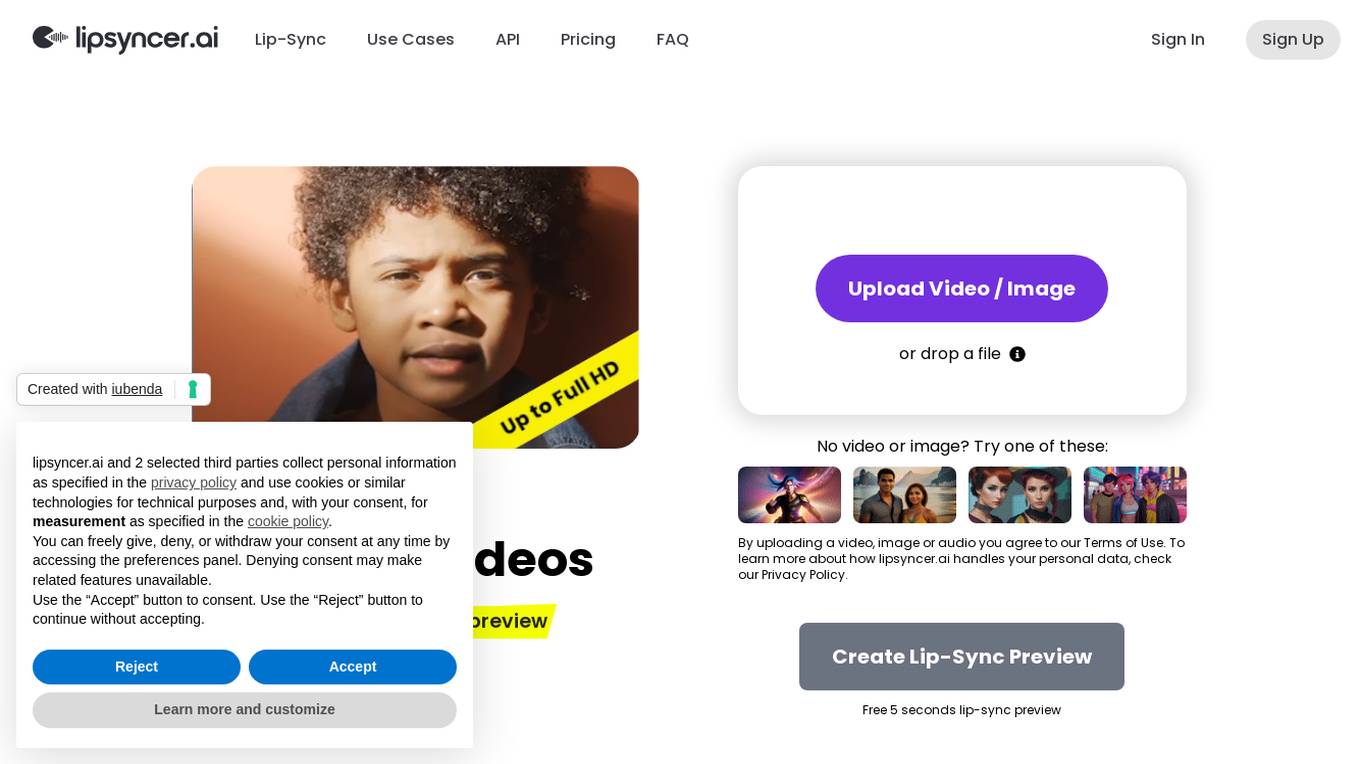
Lipsyncer.ai
Lipsyncer.ai is an AI application that allows users to create AI lip-sync videos automatically. Users can upload videos, images, or audio files to synchronize lip movements with any audio. The application saves time by eliminating the need for manual video editing, making it ideal for businesses, advertising agencies, YouTubers, influencers, and marketing agencies. Lipsyncer.ai offers high-quality lip-syncing, multilingual text-to-speech presenters, and a pay-as-you-go pricing model. The application is integrated into popular design programs and e-commerce systems, providing digital efficiency to users' workflows.
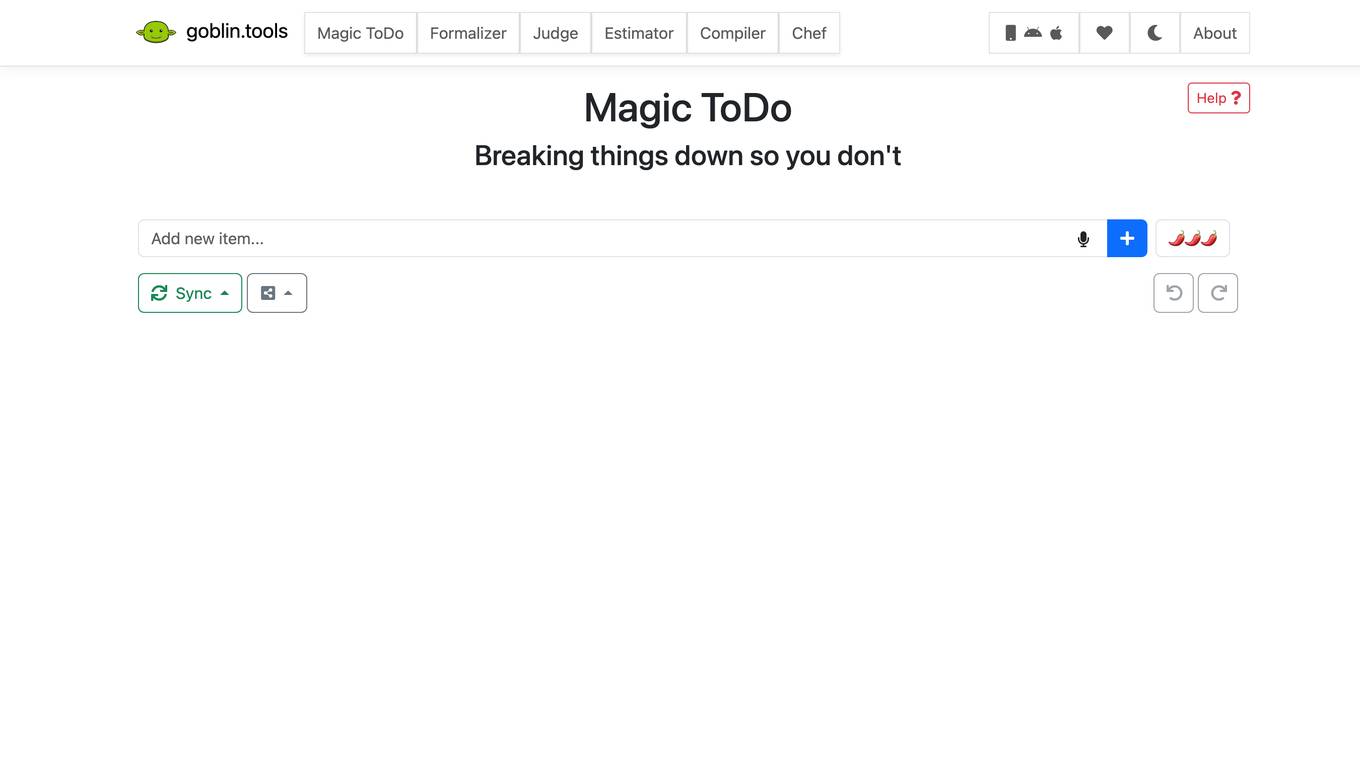
GoblinTools
GoblinTools is a website application that offers a unique todo list experience with additional features to help users manage their tasks efficiently. The tool allows users to break down tasks into smaller steps based on a spiciness level, categorize tasks with emojis, and perform common task actions like editing, removing, and adding subtasks. Users can also synchronize their todo list across devices securely using a unique username and password. GoblinTools aims to provide a user-friendly and customizable task management solution for individuals and teams.
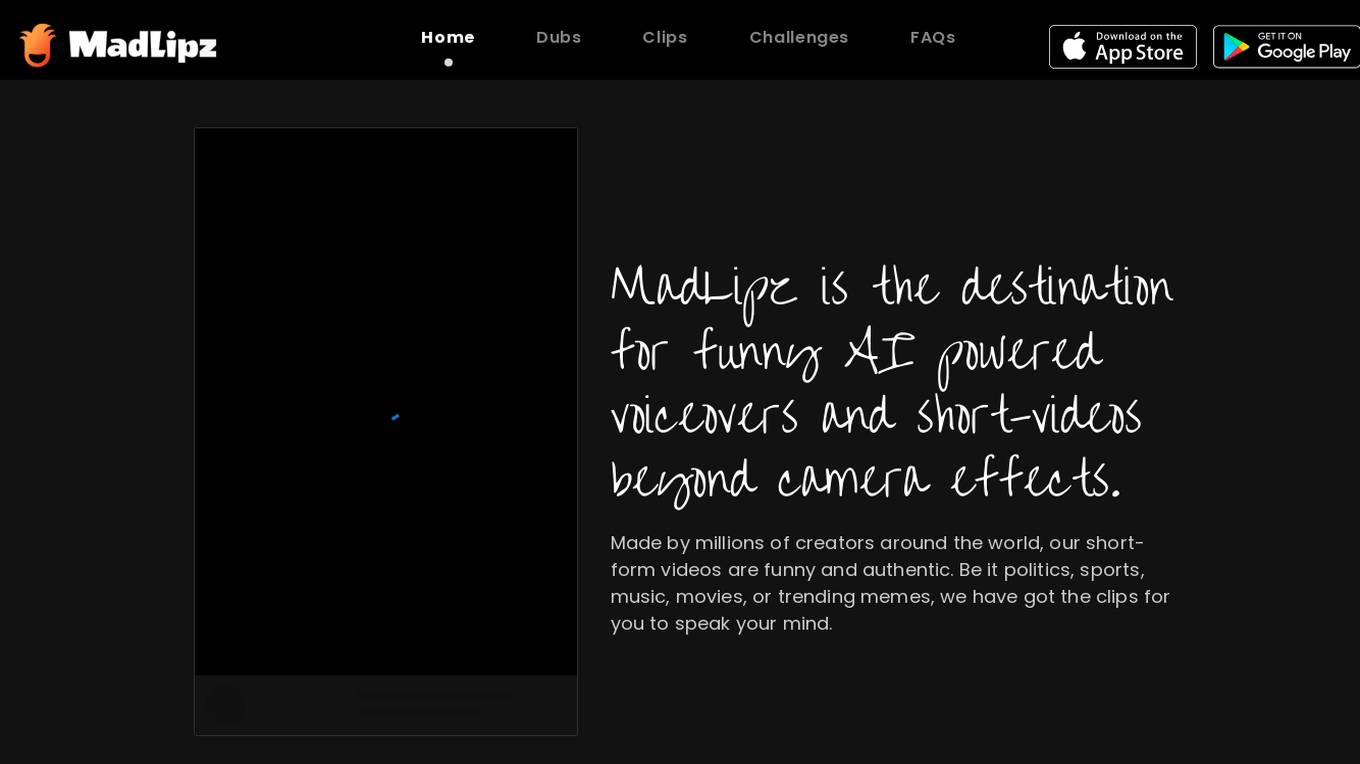
MadLipz
MadLipz is an AI-powered application that allows users to create hilarious voiceover videos by dubbing their own voice or choosing from a variety of funny voices. With a simple and user-friendly interface, MadLipz provides a platform for users to unleash their creativity and share entertaining content with friends and followers. The app uses advanced AI technology to synchronize the lip movements with the audio, resulting in seamless and engaging videos that are sure to bring laughter to everyone who watches them.
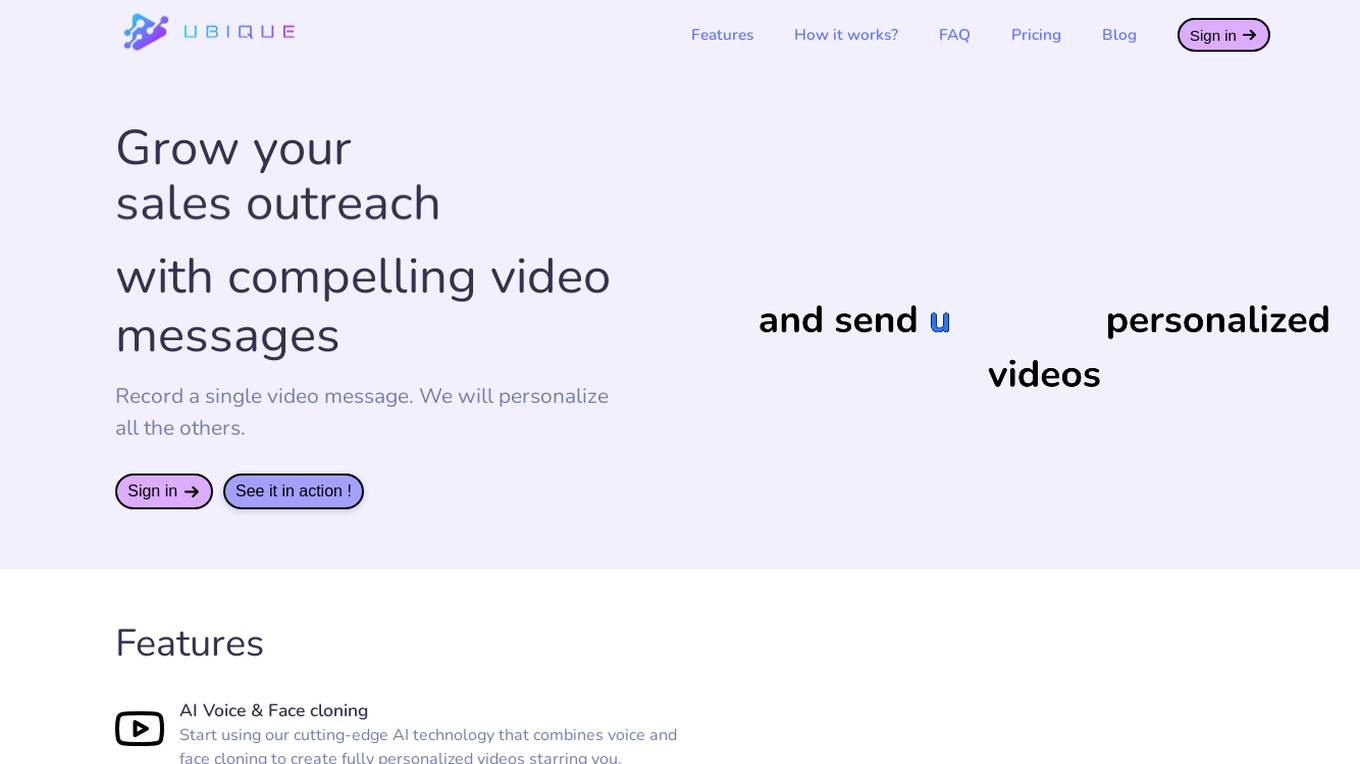
Ubique
Ubique is an AI-powered video messaging platform that helps users enhance their sales outreach and engagement rates through personalized video messages. The tool leverages cutting-edge AI technology to create fully personalized videos by combining voice and face cloning. Users can choose from dynamic backgrounds and receive sales coaching assistance to kickstart their journey in the sales video world. Ubique seamlessly integrates with popular sales tools, allowing users to personalize video templates and synchronize data effortlessly.
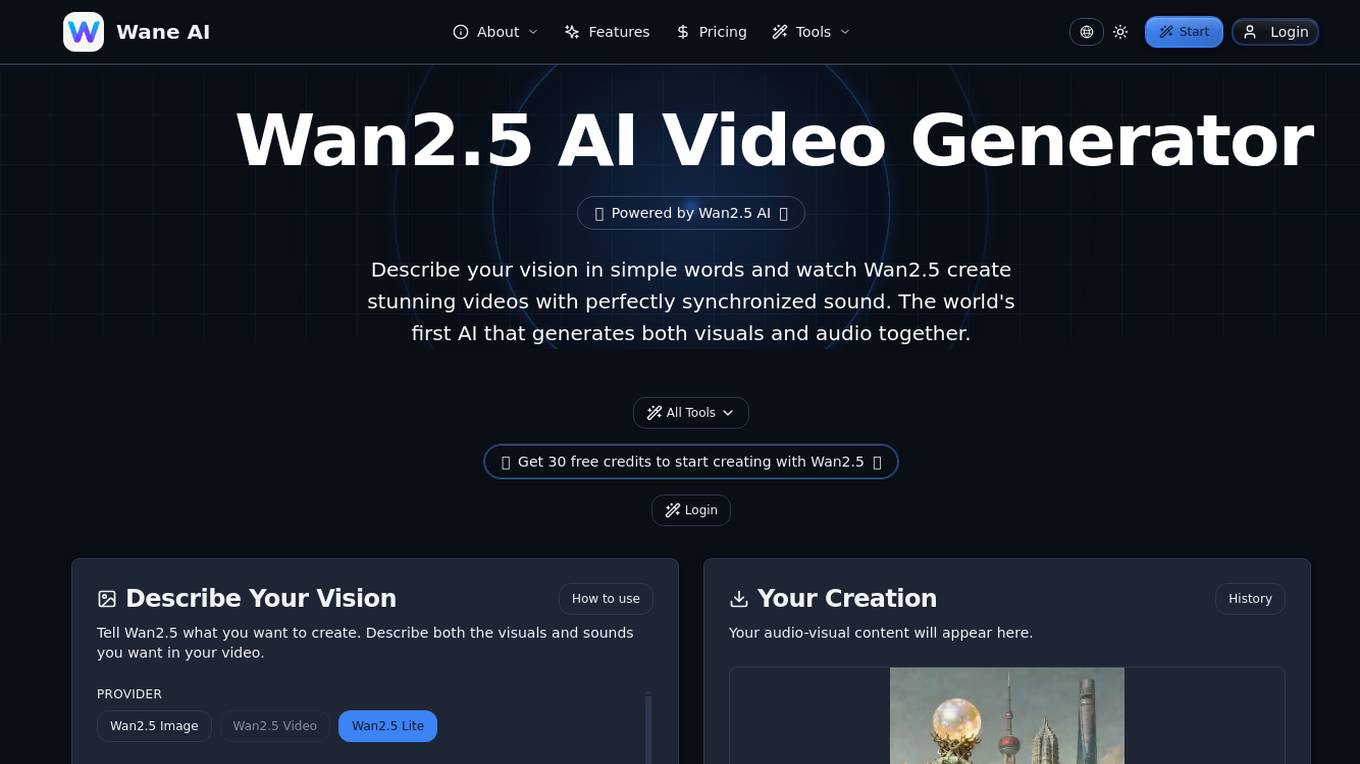
Wan2.5
Wan2.5 is an AI audio-video generator that creates synchronized audio and video content together. Powered by Alibaba's innovative technology, Wan2.5 allows users to describe their creative vision in simple words and watch stunning videos with perfectly matched sound and visuals. It is the world's first AI tool that generates both visuals and audio simultaneously, offering extended video length, natural language input, and seamless content creation.
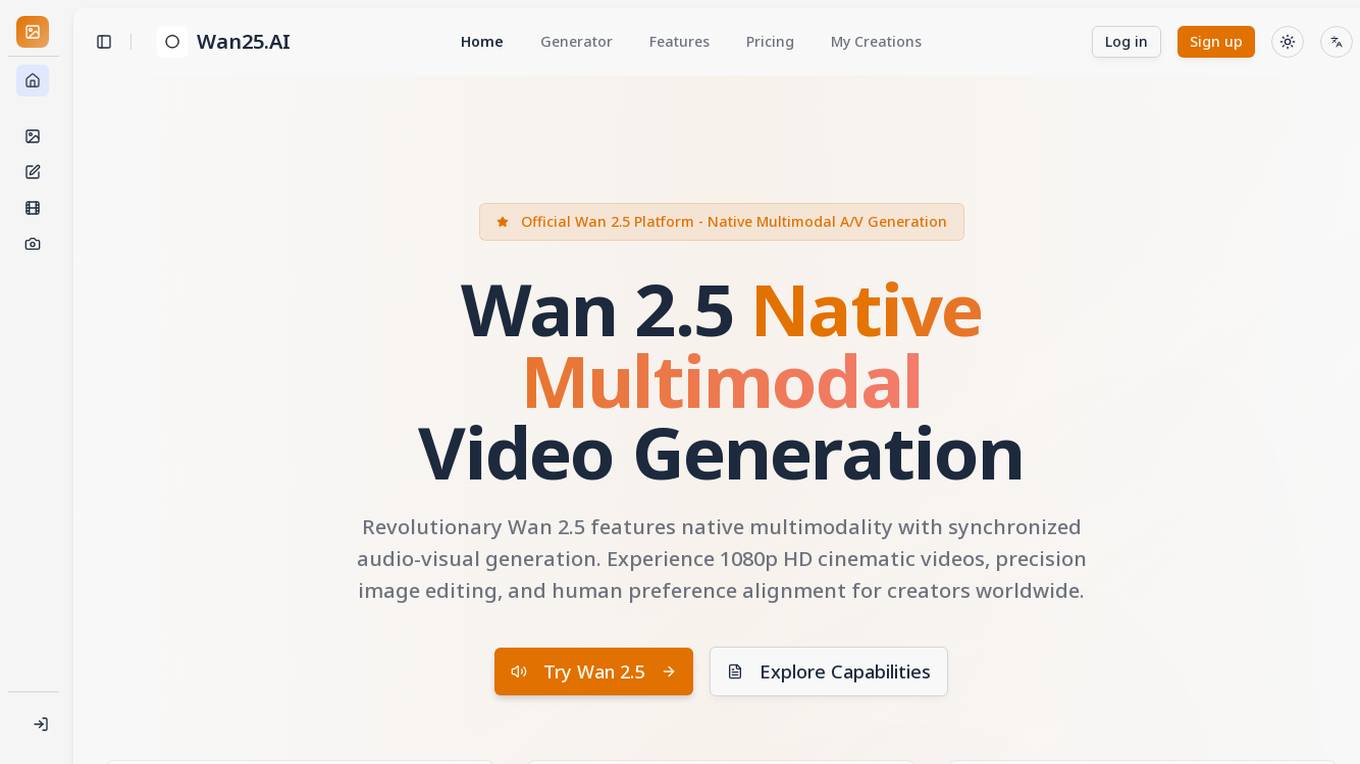
Wan 2.5.AI
Wan 2.5.AI is a revolutionary native multimodal video generation platform that offers synchronized audio-visual generation with cinematic quality output. It features a unified framework for text, image, video, and audio processing, advanced image editing capabilities, and human preference alignment through RLHF. Wan 2.5.AI is designed to transform creative challenges, support AI research and development, enhance interactive education, and facilitate creative prototyping.
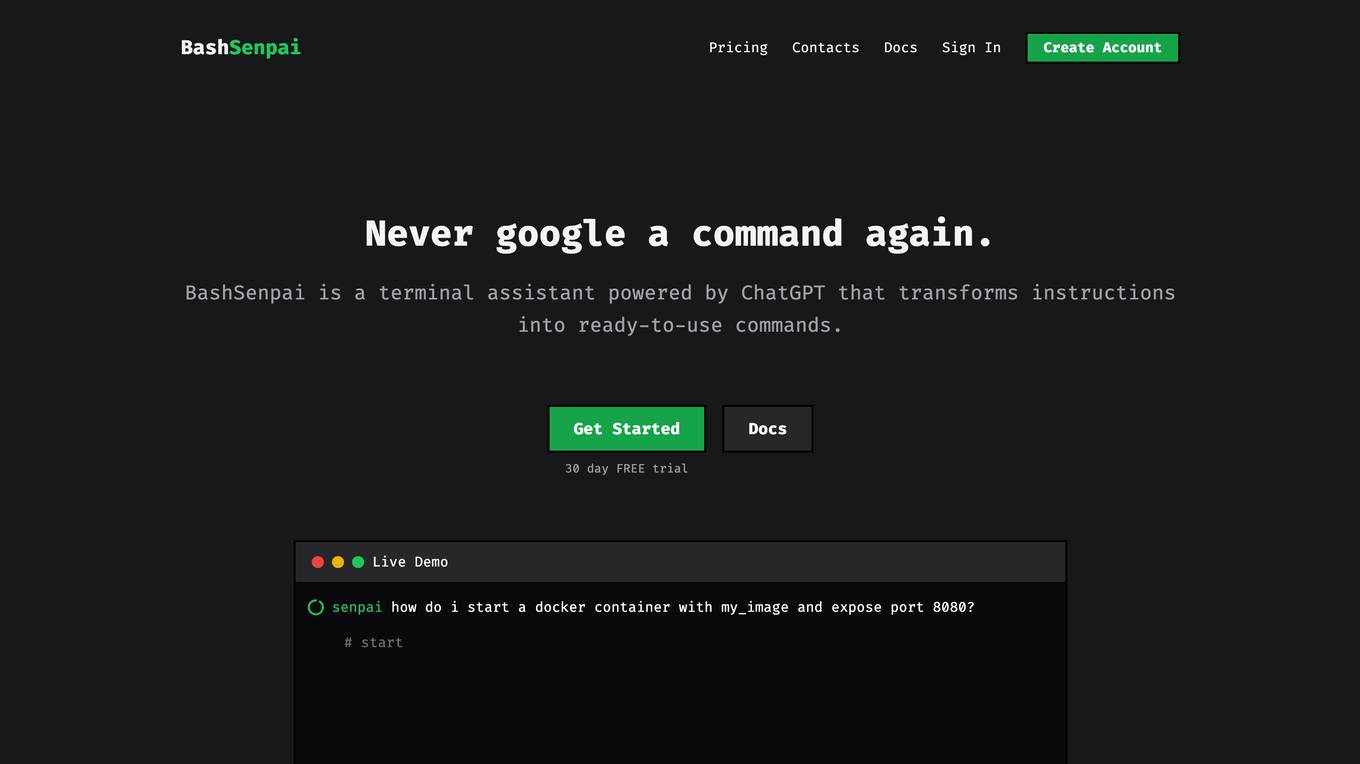
Bash Senpai
Bash Senpai is a terminal assistant powered by ChatGPT that transforms instructions into ready-to-use commands. It provides convenience by allowing users to get answers without leaving the terminal and offers better answers by providing context with questions. The tool also incorporates self-reflection to improve the quality of its responses.
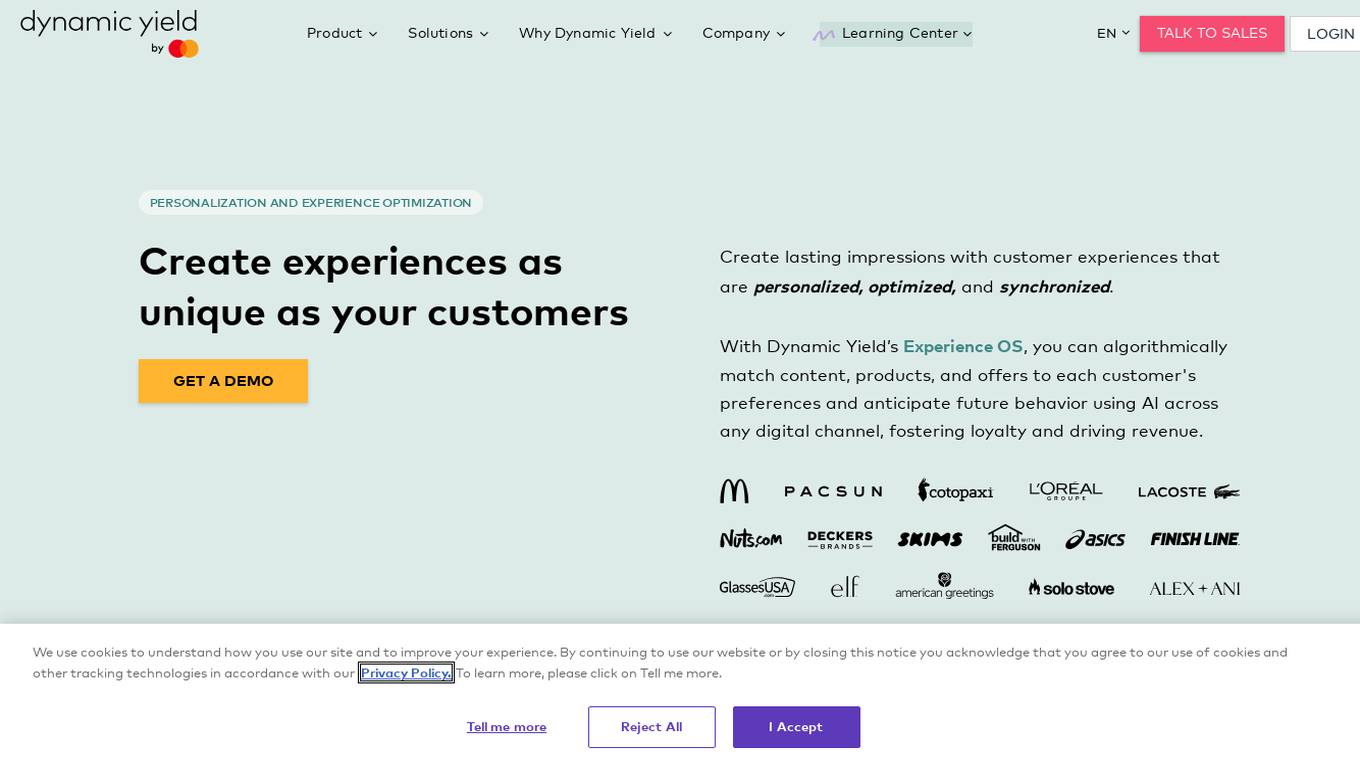
Dynamic Yield
Dynamic Yield is a personalization and experience optimization platform that helps businesses create personalized experiences for their customers across all digital channels. It uses AI and machine learning to algorithmically match content, products, and offers to each customer's preferences and anticipate future behavior. Dynamic Yield's Experience OS includes a suite of capabilities such as audience identification and segmentation, content personalization, product recommendations, A/B testing, and optimization. It integrates with a wide range of marketing and analytics tools and provides robust reporting and analytics to measure the impact of personalization efforts.
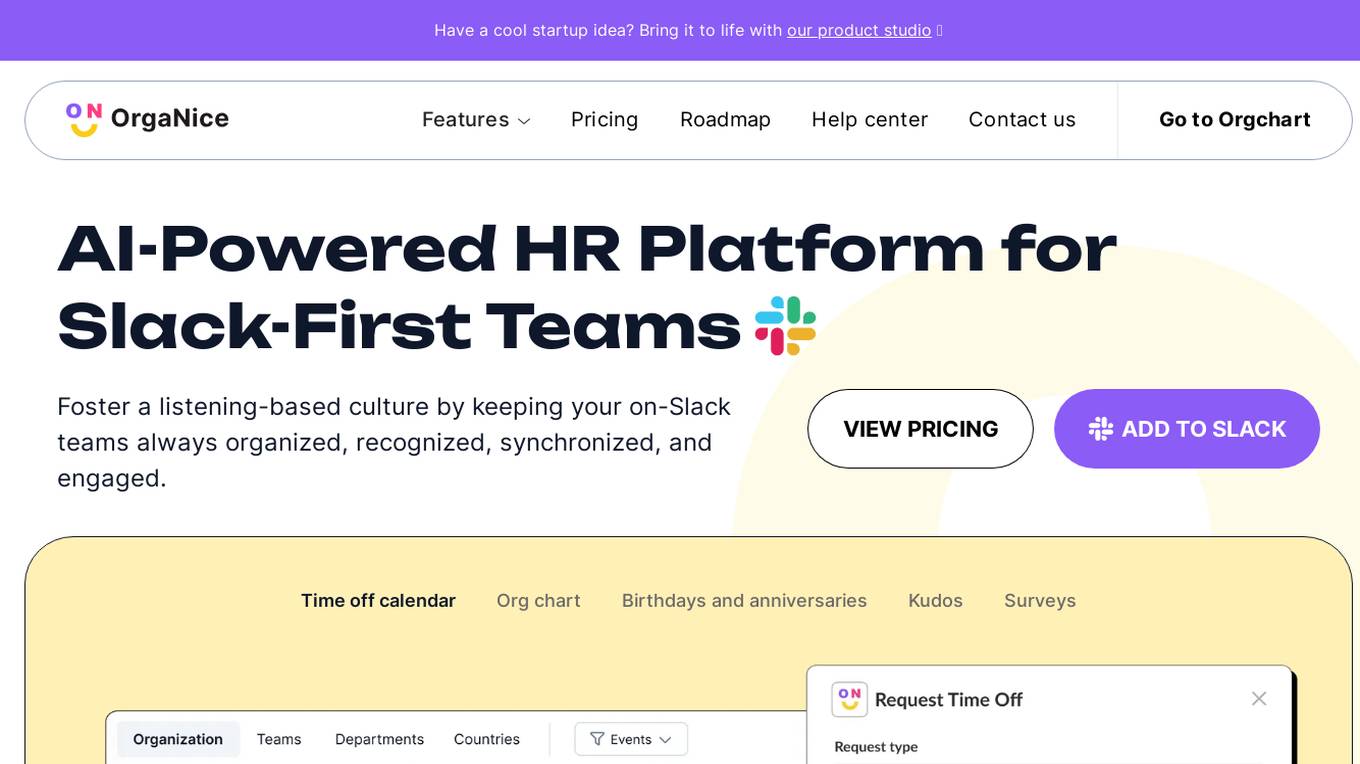
OrgaNice
OrgaNice is an AI-powered HR platform designed for Slack-first teams. It helps in organizing teams, engaging employees, and fostering a listening-based culture within organizations. The platform offers features such as org chart creation, tracking birthdays and anniversaries, managing time off, giving kudos, and conducting surveys. OrgaNice aims to streamline HR processes and improve employee engagement by leveraging AI technology and integrating seamlessly with Slack.

Deepshot
Deepshot is a dialogue generation and replacement software that allows users to create professional-looking videos with ease. It is fully customizable, allowing users to create unique content that will leave an everlasting impression on viewers. Deepshot is also cost-effective and time-saving, making it a great option for businesses and individuals who want to create high-quality videos without breaking the bank. With Deepshot, you can:
1 - Open Source AI Tools
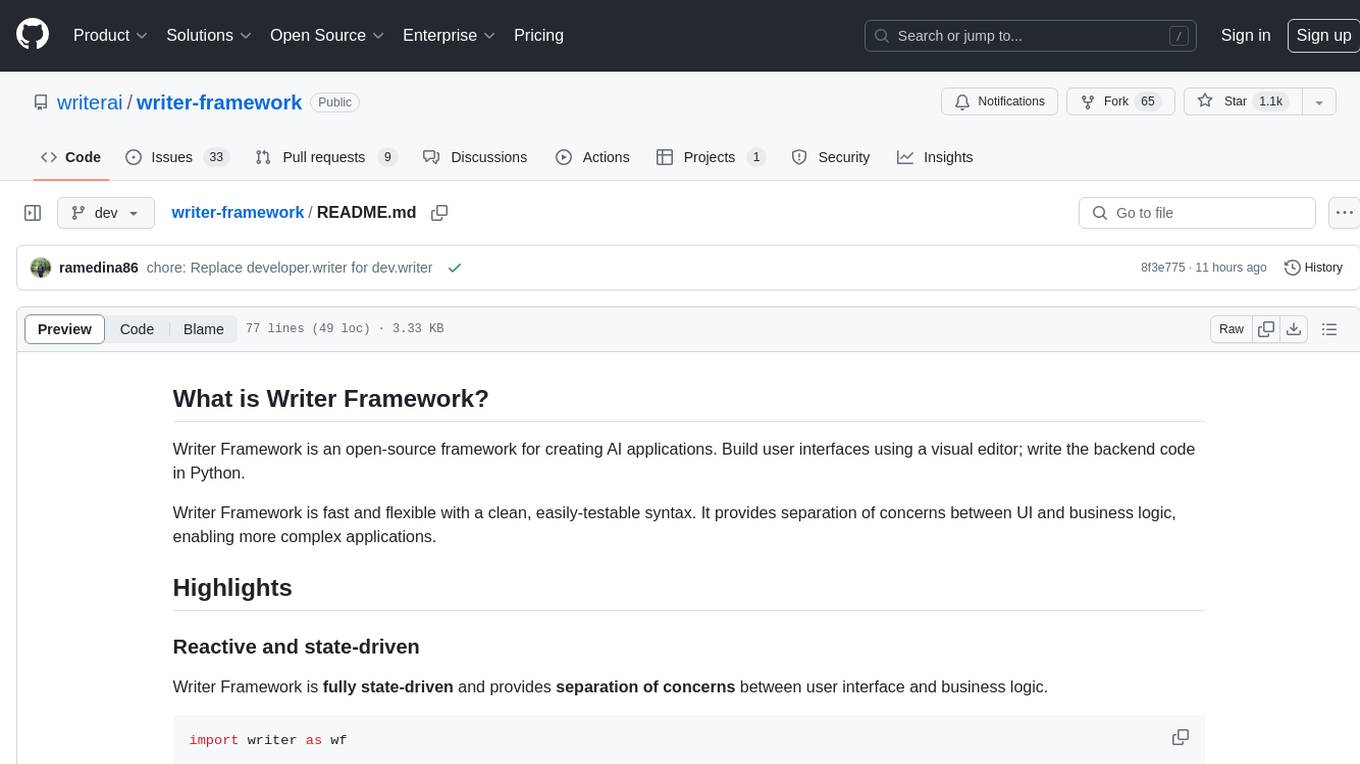
writer-framework
Writer Framework is an open-source framework for creating AI applications. It allows users to build user interfaces using a visual editor and write the backend code in Python. The framework is fast, flexible, and developer-friendly, providing separation of concerns between UI and business logic. It is reactive and state-driven, allowing for highly customizable elements without the need for CSS. Writer Framework is designed to be fast, with minimal overhead on Python code, and uses WebSockets for synchronization. It is contained in a standard Python package, supports local code editing with instant refreshes, and enables editing the UI while the app is running.
